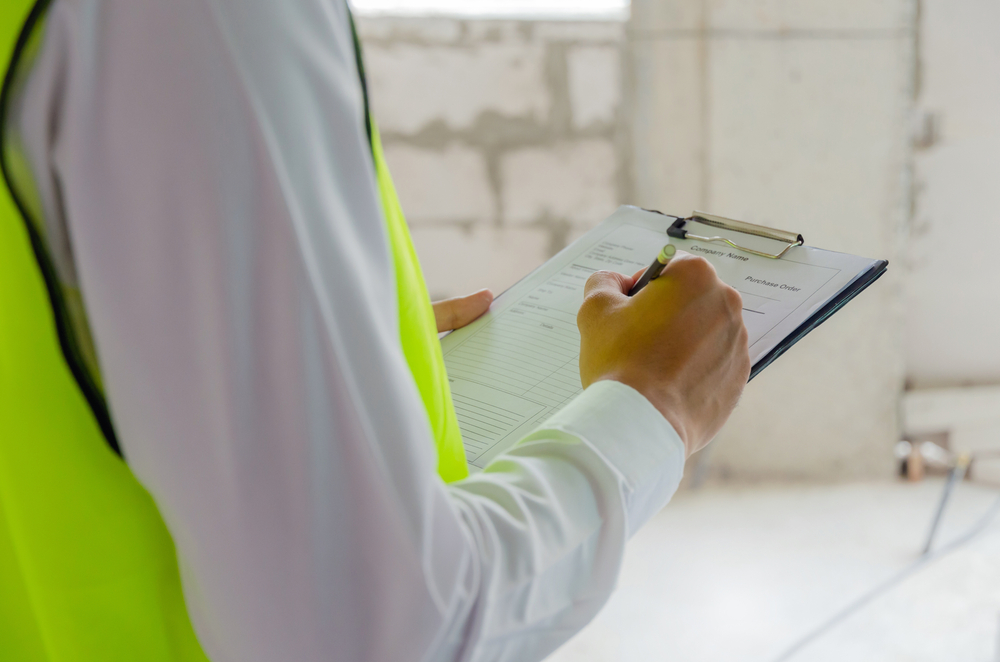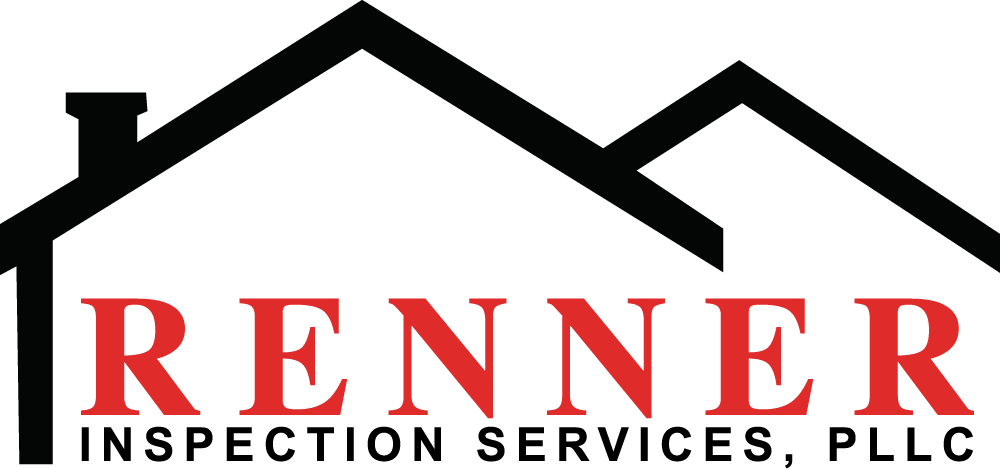(325) 829-0146
Winter-Proofing Your Home’s Insulation and Ventilation: What You Need to Know
Return To Blogs
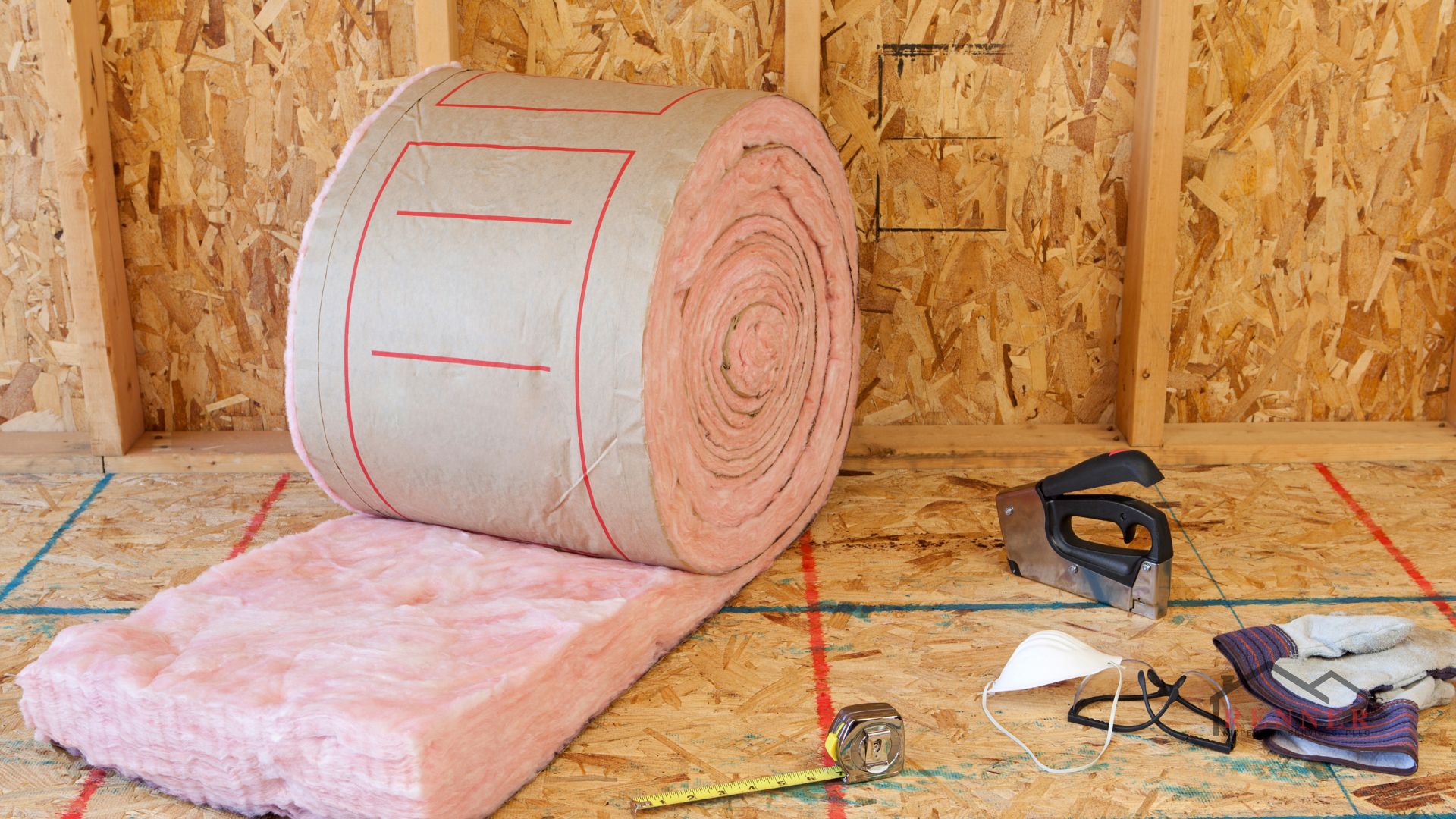
As winter approaches, ensuring that your home’s insulation and ventilation systems are ready to handle cold weather is one of the most critical steps in protecting your home from the harsh elements. A well-insulated and properly ventilated home not only helps maintain a comfortable temperature but also reduces energy bills and prevents issues like moisture buildup and mold. Winter-proofing these systems is essential for keeping your home warm, energy-efficient, and safe throughout the season.
This guide will walk you through the essential steps to enhance your home’s insulation and ventilation, ensuring you’re prepared for even the coldest months.
1. Assess Your Home’s Insulation Levels
Insulation plays a vital role in keeping the heat inside your home during winter. Without proper insulation, warm air escapes, making your heating system work harder and increasing your energy bills. The first step to winter-proofing your home is assessing the current insulation levels and identifying any areas that may need improvement.
Key Areas to Check for Insulation:
- Attic and Roof: One of the most important places to insulate is the attic. Heat rises, and without proper insulation in the attic, warm air will escape through the roof. Ensure your attic has sufficient insulation, with an R-value appropriate for your climate (R-49 to R-60 for colder regions).
- Walls: Check the insulation in your walls, particularly in older homes, where insulation may be outdated or insufficient. If you’re unsure, you can hire a professional to assess the insulation levels using an infrared camera.
- Floors and Crawl Spaces: Insulating floors, especially over unheated areas like crawl spaces, can help prevent cold drafts and keep your home warmer.
If any of these areas are lacking insulation, consider adding more or upgrading to higher-quality materials. Batt insulation, spray foam, or blown-in insulation are popular options depending on the area being treated.
2. Seal Air Leaks Around Doors and Windows
Even the best insulation won’t be effective if your home is leaking air. Air leaks around doors, windows, and other openings allow cold air to enter and warm air to escape, making it harder to keep your home warm. Sealing these leaks is a crucial part of winterizing your home.
How to Seal Air Leaks:
- Use weatherstripping around doors and windows to close gaps where cold air can seep in. Foam or rubber weatherstripping is easy to install and effective in reducing drafts.
- Apply caulk around windows, doors, and baseboards to seal any cracks or gaps. Be sure to check areas where pipes, electrical wiring, or vents enter the home, as these can also be sources of air leaks.
- Install door sweeps on the bottom of exterior doors to prevent drafts from coming in underneath.
By eliminating drafts, you not only keep your home warmer but also improve energy efficiency by reducing the workload on your heating system.
3. Improve Ventilation to Prevent Moisture Problems
While insulation is critical for keeping warm air inside, it’s equally important to ensure your home has proper ventilation. A well-ventilated home helps regulate indoor air quality, prevents moisture buildup, and reduces the risk of mold and mildew growth—especially in colder months when windows are kept shut and indoor humidity rises.
Ventilation Areas to Focus On:
- Attic Ventilation: Make sure your attic is properly ventilated to allow excess heat and moisture to escape. Without proper ventilation, warm air in the attic can lead to ice dams on the roof and moisture buildup, which can damage the insulation and cause mold growth. Consider adding or upgrading roof vents and soffit vents to improve airflow.
- Bathroom and Kitchen Fans: These areas are prone to high humidity levels, especially in winter when condensation is more likely to form. Ensure that bathroom and kitchen exhaust fans are functioning properly and venting outside the home, not just into the attic or other spaces.
- Basement or Crawl Space Ventilation: If you have a basement or crawl space, it’s important to maintain adequate ventilation to prevent moisture accumulation, which can lead to structural damage and mold issues.
Proper ventilation balances airflow throughout your home, reducing excess moisture while keeping your insulation dry and effective.
4. Upgrade to Energy-Efficient Windows
Windows are another area where heat loss commonly occurs. Older windows, especially single-pane ones, are not as energy-efficient as modern, double- or triple-pane alternatives. If your home has outdated windows, upgrading to energy-efficient models can significantly reduce heat loss and improve comfort.
Benefits of Energy-Efficient Windows:
- Better Insulation: Double- or triple-pane windows with low-emissivity (low-E) coatings offer better insulation and help keep heat inside during winter.
- Reduced Drafts: Modern windows come with advanced weatherstripping and seals, reducing the likelihood of drafts.
- Lower Energy Bills: With improved insulation and reduced drafts, energy-efficient windows can lower your heating bills by minimizing heat loss.
While upgrading windows can be a larger investment, the energy savings and increased comfort over time make it a worthwhile consideration for winter-proofing your home.
5. Insulate Water Heaters and Pipes
Water heaters and pipes are another area where insulation can have a significant impact during winter. Insulating your water heater and exposed pipes not only helps prevent freezing but also reduces heat loss, saving you money on energy costs.
Steps to Insulate Water Heaters and Pipes:
- Water Heater Insulation: Wrap an insulation blanket around your water heater to reduce heat loss. This is especially important if the water heater is located in an unheated space, such as a garage or basement.
- Pipe Insulation: Insulate hot water pipes to keep the water warmer as it travels to faucets and reduce the energy required to reheat it. For cold water pipes, insulation helps prevent freezing and bursts during extreme cold.
These simple steps can make your home more energy-efficient while protecting your plumbing system from the cold.
6. Monitor Humidity Levels
Cold weather often leads to drier indoor air, but too much moisture in certain areas, like basements or bathrooms, can still cause issues. Maintaining the right humidity level is key to comfort and health during winter.
Tips for Managing Humidity:
- Use a hygrometer to monitor indoor humidity levels. Aim for a humidity level of around 30-50% to prevent dryness while reducing the risk of condensation on windows and walls.
- Run a dehumidifier in basements or other areas prone to excess moisture.
- Consider a humidifier for living spaces if the air becomes too dry, which can lead to discomfort, dry skin, and respiratory problems.
Balancing indoor humidity ensures your home remains comfortable and protected against moisture-related problems during winter.
Winter-proofing your home’s insulation and ventilation systems is a critical step in keeping your house warm, energy-efficient, and safe during the colder months. By improving insulation, sealing air leaks, ensuring proper ventilation, and upgrading to energy-efficient windows, you can protect your home from winter’s harsh effects while reducing energy costs. With these essential tips, your home will stay comfortable and efficient throughout the winter season.
Recent Blogs
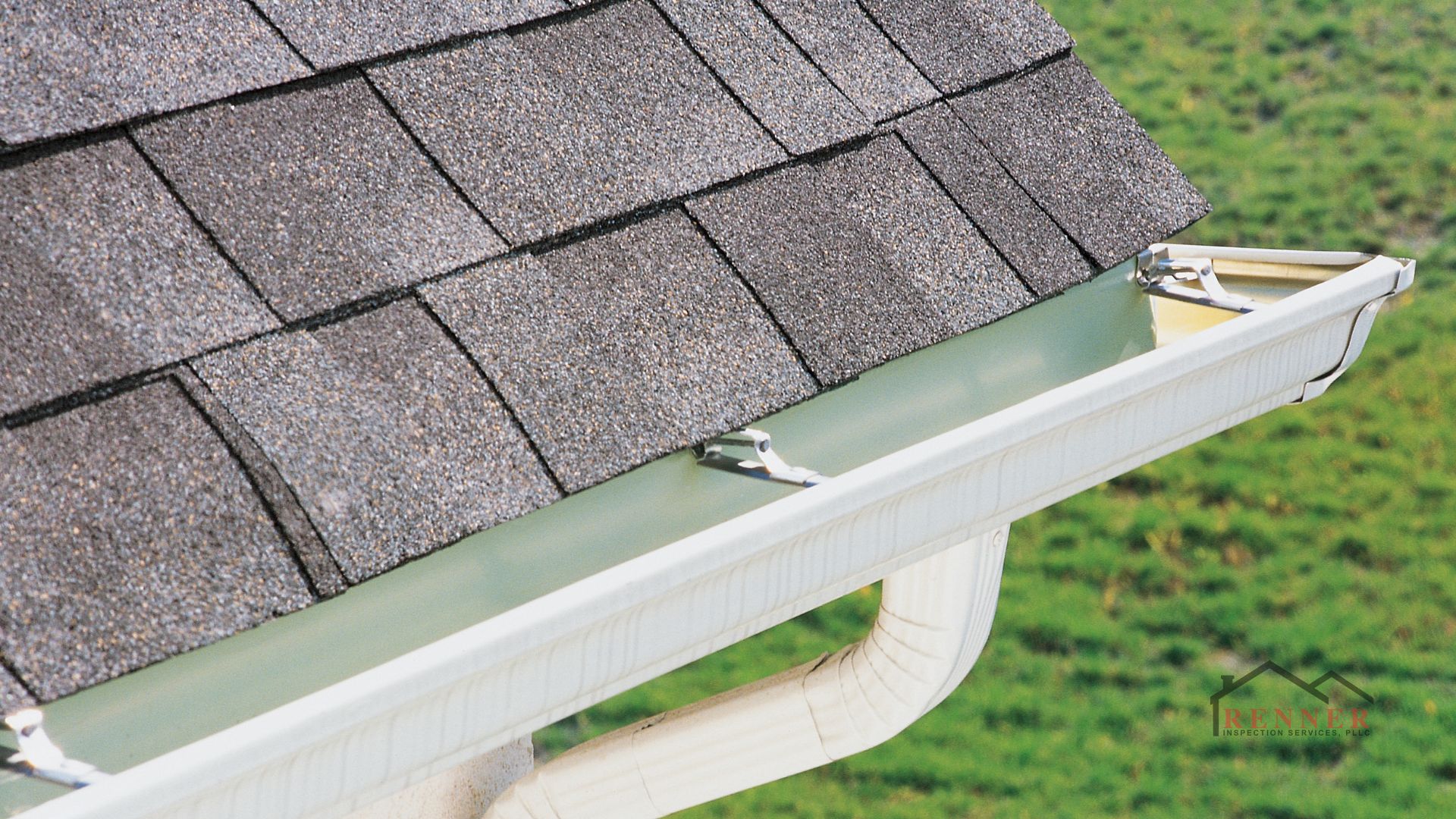
How to Prepare Your Roof and Gutters for Winter Weather
Oct. 10, 2024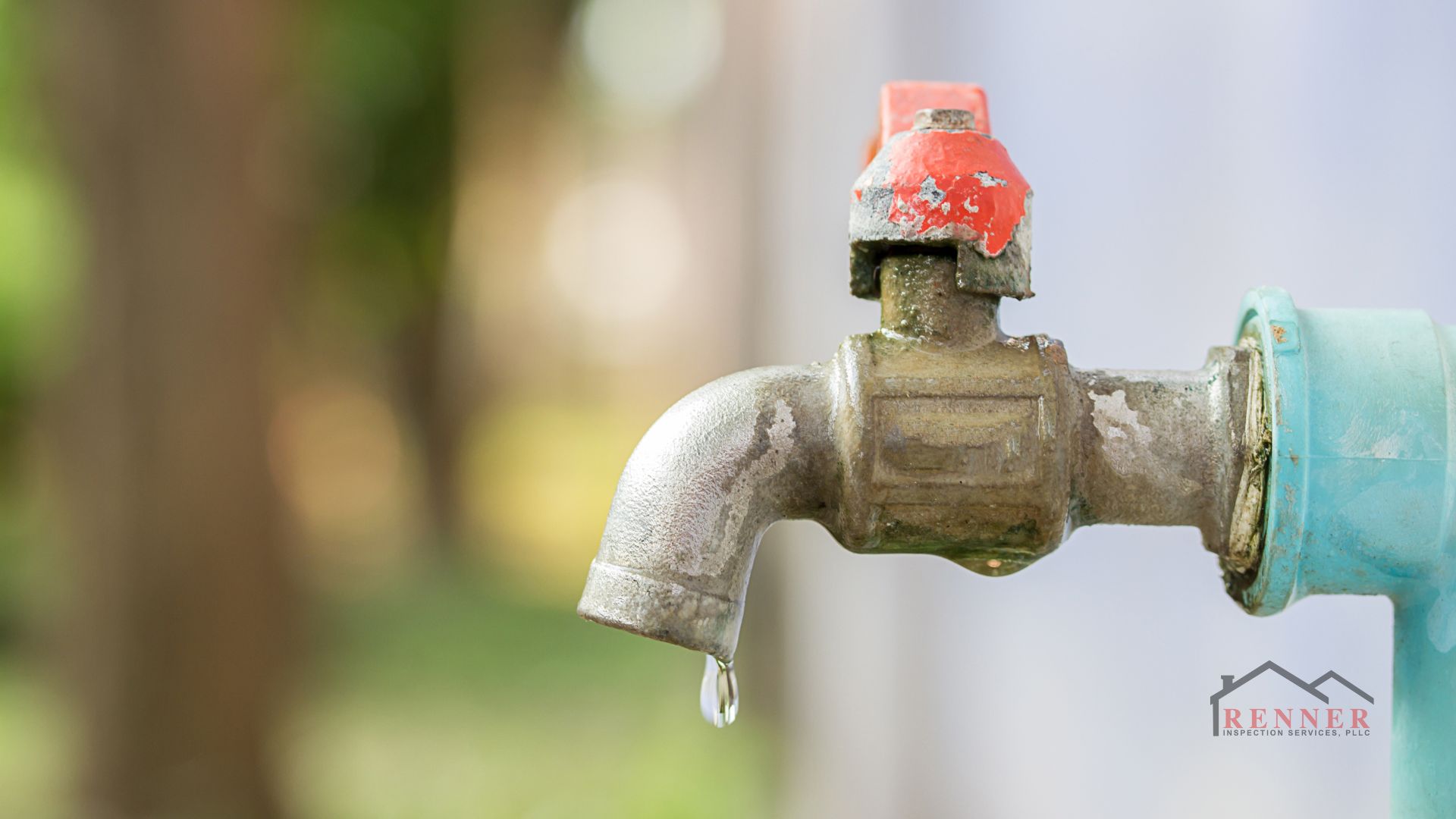
Essential Winterization Tips for Protecting Your Home’s Plumbing System
Oct. 03, 2024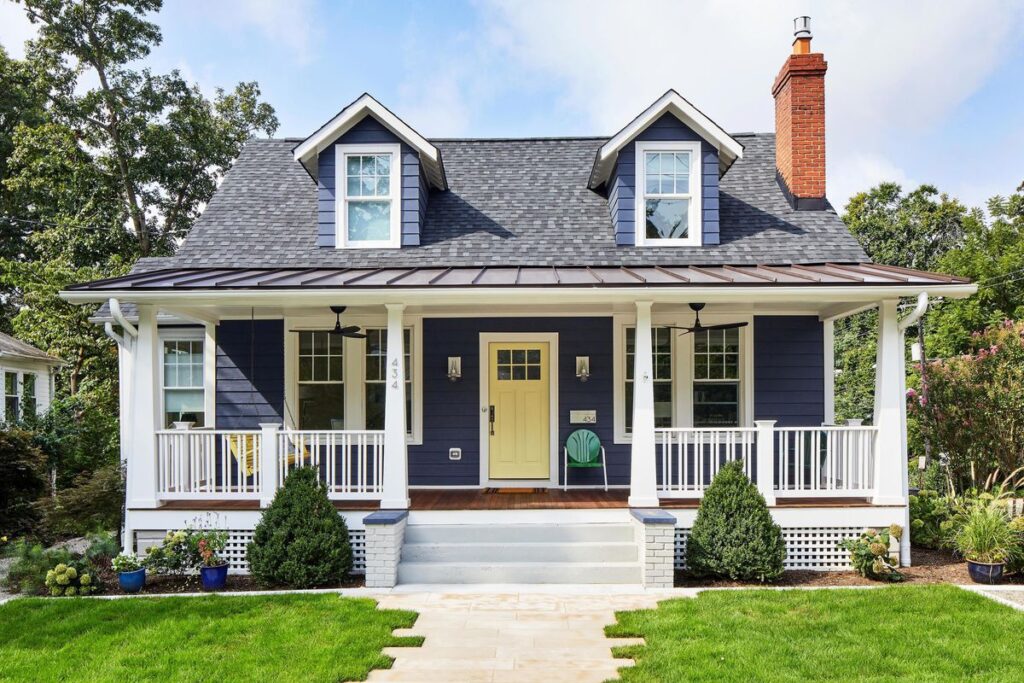
Comprehensive Guide to Proper House Maintenance: Keep Your Home in Top Shape
Sep. 26, 2024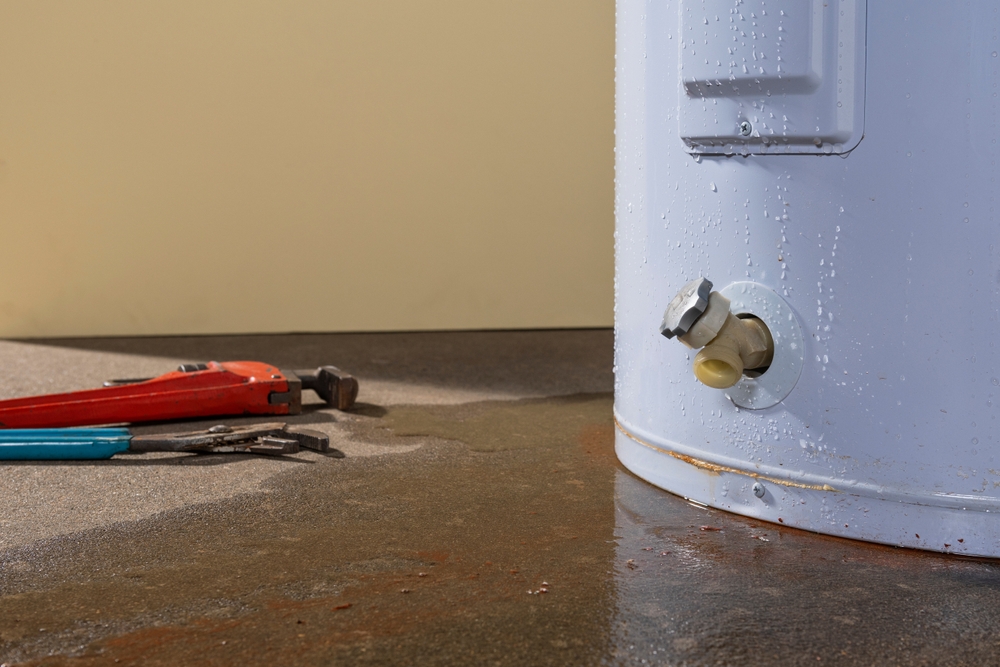
A Comprehensive Guide to Water Heaters: Selection, Maintenance, and Efficiency Tips
Sep. 19, 2024